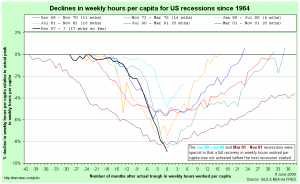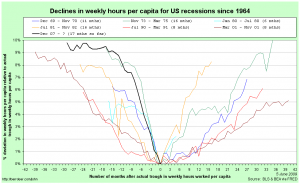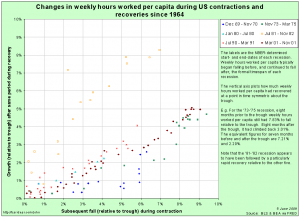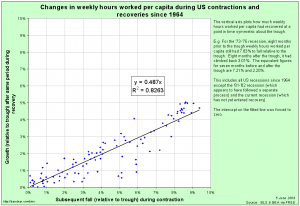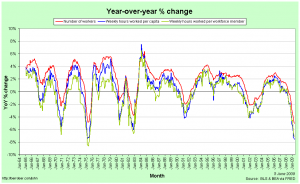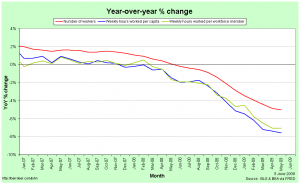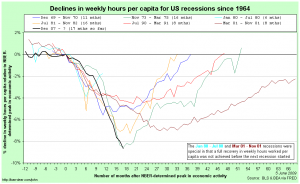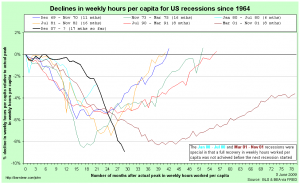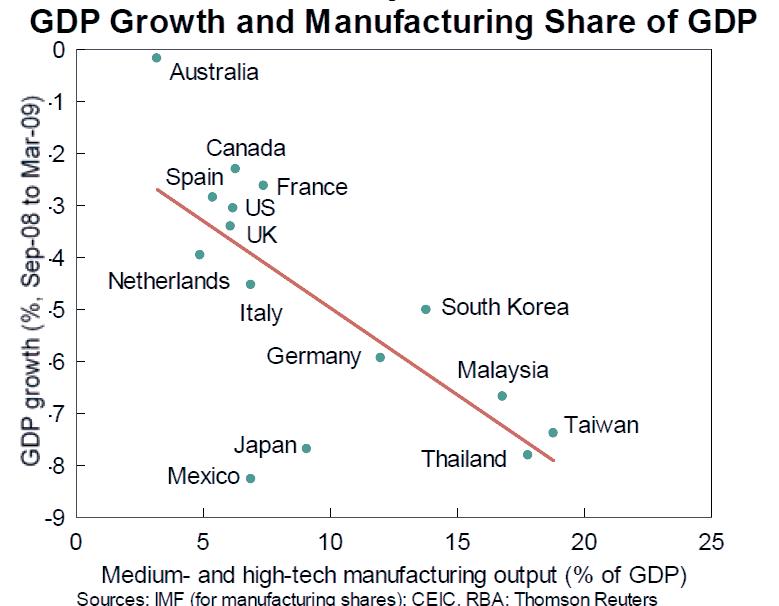With the news that Peter Costello will not be seeking reelection, Peter Martin gives us two stories of Costello’s way of dealing with people. The first, with Saul Eslake, the chief economist of ANZ, is interesting enough, I guess. The second one really caught my eye:
Richard Denniss is these days the chief of staff for the Greens’ leader Bob Brown. In 2002 he was the chief of staff to the then Democrats’ leader Natasha Stott Despoja. In Mr Costello’s budget speech that year he had announced that pensioners and other concession card holders would have to pay more for their medicines. Their co-payment would climb from $3.60 to $4.60 per prescription.
The Democrats said they would oppose the measure in the Senate. Some weeks later Senator Stott Despoja and Dr Denniss were summoned to the Peter Costello’s office.
Denniss says Costello took them through page after page of laminated graphs, talking at them for the best part of an hour. The Treasurer seemed surprised to discover that they hadn’t been won over.
“At one point Costello said: Natasha, you don’t appear to understand the numbers. To which she replied: I do understand the numbers Peter, you don’t have them in the Senate and you won’t be passing this bill”.
A few days later the two were summoned to the Prime Minister’s office. Denniss says he had expected Mr Howard to be even worse.
Instead they found Howard “effusive in apologising for being late, come in sit down, can I get you a cup of tea – lots of chit chat, lots of actual conversation”.
The Prime Minister said “I know you spoke to the Treasurer last week and I’m sure he showed you all his graphs” and I understand your position: “we are trying to drive up the price of medicine for sick people, of course the Democrats are going to oppose it”.
And then he said: “How about ten cents? That wouldn’t hurt anyone.” “It absolutely floored us.”
Howard said: “Natasha, you’re the leader, I’m the leader, can’t we just settle this right now?”
Denniss says he found the Prime Minister almost impossible to resist. “His genius was to make us feel powerful.”
Costello by contrast “wanted to wield the power that had been bestowed upon him.”
I find this entirely compelling. Costello always struck me as a technocrat. I may not have liked Howard much (and not at all for the latter half of his time as PM), but he knew better than most what any specific audience wanted to hear.
